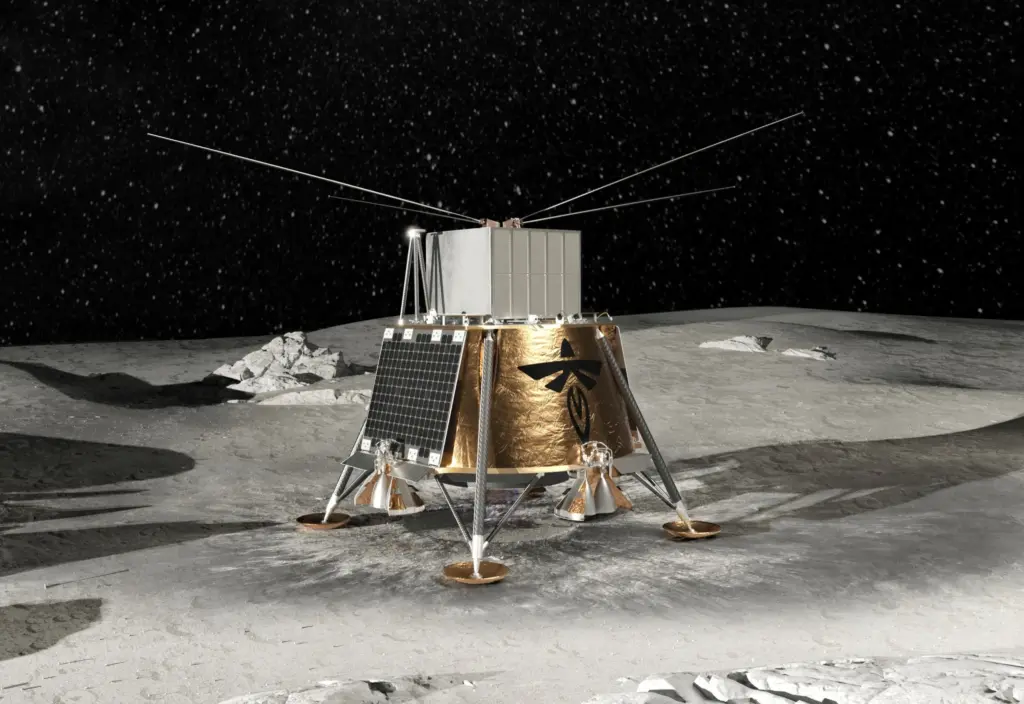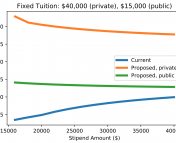Disclaimer: “Beyond astro-ph” articles are not necessarily intended to be representative of the views of the entire Astrobites collaboration, nor do they represent the views of the AAS or all astronomers. While AAS supports Astrobites, Astrobites is editorially independent and content that appears on Astrobites is not reviewed or approved by the AAS.
Astronomy on the Global Stage
How do you get 102 countries to agree on anything? And how do you enforce such an agreement? These are the types of questions at the heart of international law. Astronomy is a field that is inherently collaborative and often requires the combined efforts of astronomers from over the world, meaning regulating the issues affecting astronomy and space requires the cooperation of policy makers on an international scale. One of the most influential forums for international space law is the United Nations’ Committee on the Peaceful Uses of Outer Space (COPUOS).
COPUOS was established to provide a forum of discussion and diplomacy between member states on how to govern the exploration and use of space. Earlier this year, one of the two subsidiary bodies of COPUOS, the Scientific and Technical Subcommittee (STSC), met for its 61st session. COPUOS operates on the principle of consensus, meaning all 102 member states in the committee must agree for a motion to be adopted. Therefore the process of adopting a motion can take a long time, even years, as diplomats from different member states work on coming to a common understanding. This is why the recent addition of the item “Dark and Quiet Skies, astronomy and large constellations: addressing emerging issues and challenges” to the COPUOS agenda has been hailed as an important moment in the protection and preservation of the night sky. It shows that many countries agree that this is an important topic of discussion, and represents a step forward in establishing international policy to protect the night sky.
Dark and Quiet Skies
“Dark and quiet skies” refers to the prevention and reduction of light pollution and radio interference, an issue that has become increasingly important due to the exponential growth in the number of satellites in Low Earth Orbit since 2019. These constellations create streaking trails of light in images and can cause unintended signals that contaminate radio channels. The conference paper where this agenda item was proposed posits that while the increase of satellite constellations may provide some benefits, “their large number, their sun-reflected luminosity and their radio-frequency emissions can have a serious impact on astronomical observations as well as on the pristine appearance of the night sky”. The issues of Dark and Quiet Skies have been discussed at the STSC since its 57th session in 2020, with the delegations of Chile and Spain leading the effort in partnership with international organizations like the European Southern Observatory (ESO), the International Astronomer’s Union (IAU), and the Square Kilometer Array Observatory (SKAO).
The IAU has been an observer of COPUOS since 1995 and started a subsidiary body in 2022 to address the issue of dark and quiet skies, the Centre for the Protection of the Dark and Quiet Sky from Satellite Constellation Interference (CPS). The mission of the CPS is to coordinate efforts on the issue of satellite constellation interference and connect astronomers, satellite companies, and policy makers. The IAU also has a Working Group on Astronomy on the Moon, started in 2023. This working group presented a conference paper to the same session of the STSC, detailing potential future problems related to astronomy on the Moon. The paper explains that “cheaper launch to the Moon and the development of lunar infrastructure enable these opportunities, but many planned and potential activities are, in some instances, incompatible with the critical need for these scientific facilities to be free from noise and interference.”
Astronomy on the Moon
Why such a focus on the Moon, a seemingly barren chunk of rock, far away from all our existing telescopes? Importantly, the Moon is tidally locked with the Earth, with one side constantly facing away from the Earth. This makes the far side of the Moon one of the most pristine locations in the Solar System for radio astronomy, since all the radio signals from Earth are blocked by the body of the Moon, reducing signal contamination. (Read this Astrobite to learn more about the terrestrial issues facing radio astronomers). The Moon also has no ionosphere, which normally blocks low frequency radio waves from getting through, as is the case with Earth’s ionosphere. The ultra-low frequency signals can be used to observe the earliest periods of the Universe, including the “Cosmic Dark Age”, a time before stars and galaxies formed. NASA, the European Space Agency, and the Chinese Academy of Science all have low frequency radio telescopes planned for the Moon.
The Moon also offers opportunities for continuous observations, again due to the tidal locking, allowing unprecedented monitoring of the atmospheres of exoplanets to search for biosignatures. The Moon could even be used to host gravitational wave experiments, since the Moon has much less seismic activity than the Earth, allowing for observations of the mergers of intermediate mass black holes or white dwarfs. Such an observatory would require limiting or regulating the amount of nearby activity on the Moon, including landings and mining. Private companies are already preparing and have sent mining and lander missions, some coordinated with public space agencies, to the Moon, so coordinating these efforts with scientific missions is crucial to preventing disruption of what could be amazing scientific opportunities.
This work on an international stage between member states, intergovernmental organizations, and astronomers indicates a strong step forward for regulating the mega-constellation of satellites and ensuring that space can be preserved for future use by both amateur and professional astronomers. Now eyes are on COPUOS and its 67th session, set to take place in June, 2024.

Astrobite edited by Graham Doskoch
Featured image credit: UNIS Vienna/Johanna Kleinert




